Austin-Round Rock, TX
Metropolitan Statistical Area
About
It has outpaced the national 10 year average with an employment growth of 3.07% and income growth of 2.79%. The Austin-Round Rock, TX Metro Area has maintained an unemployment rate of 2.60% which is below the national average.
The housing in the Austin area is slightly less affordable than what is seen throughout the nation.
Population
Overall Population Size
When looking at an MSA, Master Multifamily targets markets having a population higher than 500,000. We like these markets as locations for purchasing multifamily apartments for at least a few reasons:
- Larger markets have more multifamily inventory which allows for room to grow
- Larger markets will have more well experienced property management companies to choose from
- Larger markets generally have more economic diversity allowing for more stability
- Larger markets can better sustain changes in population that could affect the number of renters
Having a population of 2.1M, the Austin-Round Rock, TX Metro Area is the 34th largest MSA in the country.
Sources: Bureau of Economic Analysis: HUD, Census Bureau
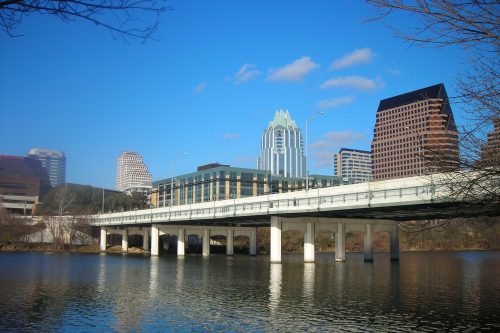
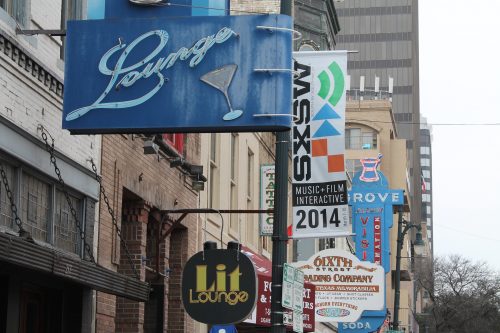
Population Growth
An important component of population that we look at is the historic growth percent per year. An MSA must demonstrate a historical average population growth at or above the national average of 1%/year for the last 10 years before it is considered a good candidate for investment.
Over the last 10 years, the Austin-Round Rock, TX Metro Area has achieved a population growth of 2.92%/year. With population and jobs being fundamental forces that drive housing prices and rentals, it is projected that the Austin area will continue to have a healthy outlook.
Sources: Bureau of Economic Analysis
Net Domestic Migration
Net domestic migration is the net number of people moving in or out of an area where they are either moving from or to another location within the United States. This excludes any migration that may be from or to a foreign country and is a good indicator of where population is moving within the country.
We look for positive net domestic migration as an indication that a market is strong in relation to other MSAs. The Austin-Round Rock, TX Metro Area has had a net domestic migration of 333,147 over the last 10 years.
Sources: Texas A&M University

Employment and Income
Employment Growth
For an MSA to be attractive to renters, there needs to be a sufficient amount of employment. Employment is also a component that helps drive the economy of a region. Master Multifamily prefers markets that have stable and increasing employment over high-growth markets that may be exposed to volatility.
The overall annual employment growth for an MSA must be positive on a 5 and 10 year trend. We also look for a growth rate equal to or better than the US average (0.98%) and regional average. The Austin-Round Rock, TX Metro Area has achieved a employment growth of 3.07% over the last 10 years.
Sources: Bureau of Economic Analysis


Income Growth
Master Multifamily looks for income growth in a market that has been stable or increasing annually for the past 5 to 10 years. There should be a similar or better correlation with employment growth to income growth relative to the US (2.26%) and regional averages.
Strong employment growth with a weak, yet positive, income growth is an indication of an influx of lower-paying jobs and may be a precursor to higher unemployment. We look for no recessional impacts due to employment and income growth or that the last two years have had positive growth.
For the Austin-Round Rock, TX Metro Area, the income growth over the last 10 years has been 2.79%.
Sources: Bureau of Economic Analysis
Unemployment
When looking at unemployment numbers, we look for markets that have lower unemployment than the national and regional averages. We prefer a stable unemployment rate that has consistently outperformed the national average.
The Austin-Round Rock, TX Metro Area has an unemployment rate of 2.60% which is below the national average of 3.9%.
Sources: U.S. Bureau of Labor Statistics, Bureau of Economic Analysis
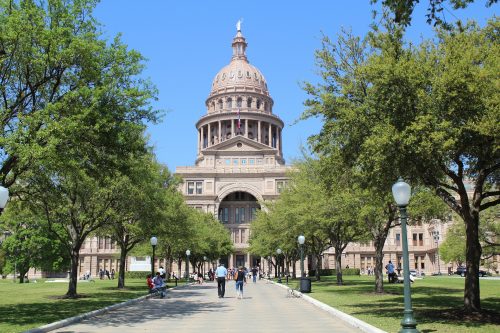
Housing
Renters as a Percent of Total Population
Master Multifamily considers the percent of renters compared to the total population as an indication of how many people are looking to rent in a given market. Throughout the US, the overall percent of renters is 21%. We look to match or exceed the national amount.
Of the 2.1M people in the Austin-Round Rock, TX Metro Area, 48.1% are renters.
Sources: IRR – Viewpoint

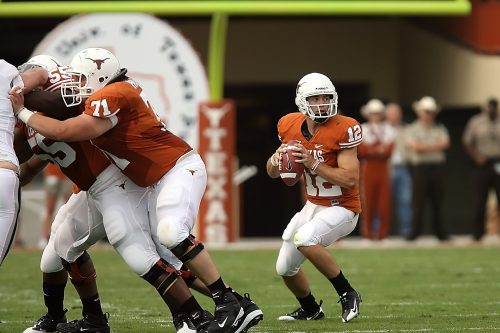
Rental Vacancy Rates
When looking at rental vacancy rates, Master Multifamily focusses on markets that have rates better or near the national average of 7.5%. When we analyze a particular property, we also make sure the vacancy rate for the asset is near the market vacancy.
The rental vacancy rate for the Austin-Round Rock, TX Metro Area is 3.20%.
Sources: Census Bureau
Housing Vacancy Data
Housing vacancy data is generally not more important than rental vacancy but can influence rental vacancy. Larger than normal homeowner vacancy in conjunction with good affordability is a precursor to increasing rental vacancy which can influence rental prices. Master Multifamily looks for housing vacancy at or lower than the national and regional averages.
The national average for housing vacancy is 1.60%. The Austin-Round Rock, TX Metro Area has a housing vacancy rate of 1.90%. While this is above the national average, it falls within an acceptable range.
Sources: Census Bureau

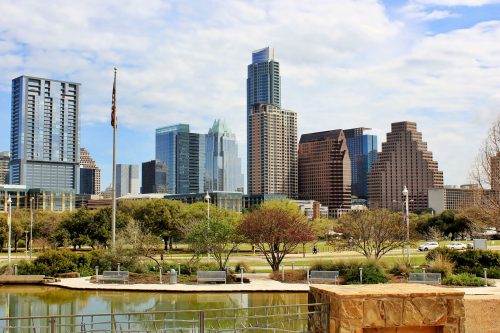
Affordability Index and Rents Compared to Home Prices
Master Multifamily looks for markets that aren’t so affordable that people will be more likely to own rather than rent. Affordable areas also make it easier for people to rent houses instead of apartments which creates additional competition within a market. Conversely, markets that are not affordable enough tend to have higher prices and lower cap rates making it harder to enter the market.
We look for an affordability index that is lower than the national index of 58.3. The Austin market has an index of 57.
Rents compared to home prices have a similar impact on a market. We look for markets that are ranked within the top 50% (110 or better) out of 226 ranked MSA’s. The Austin-Round Rock, TX Metro Area is ranked 168.
Sources: National Association of Home Builders, Office of Federal Housing Enterprise Oversight
